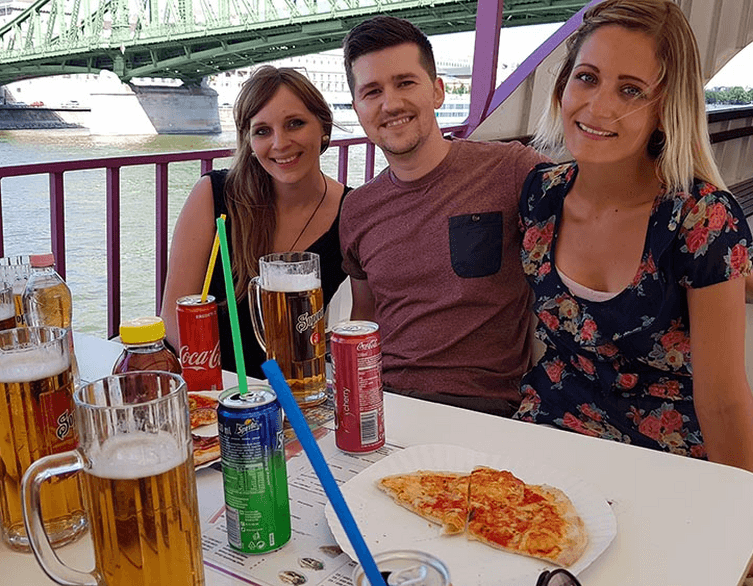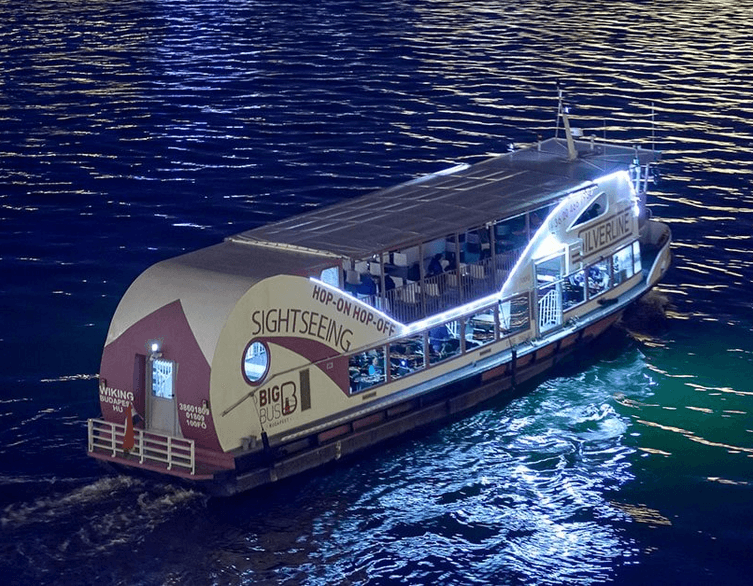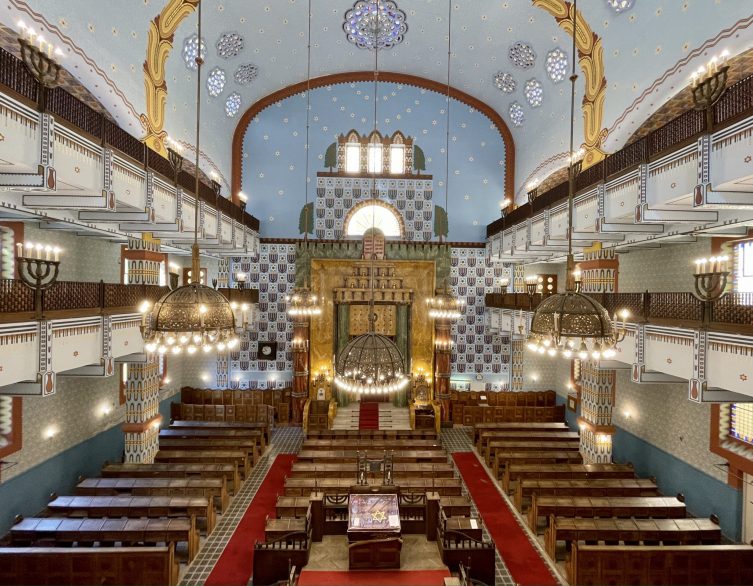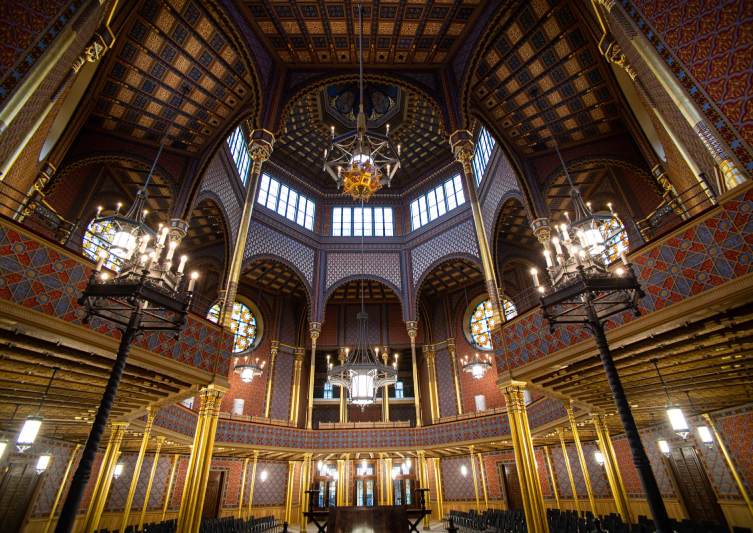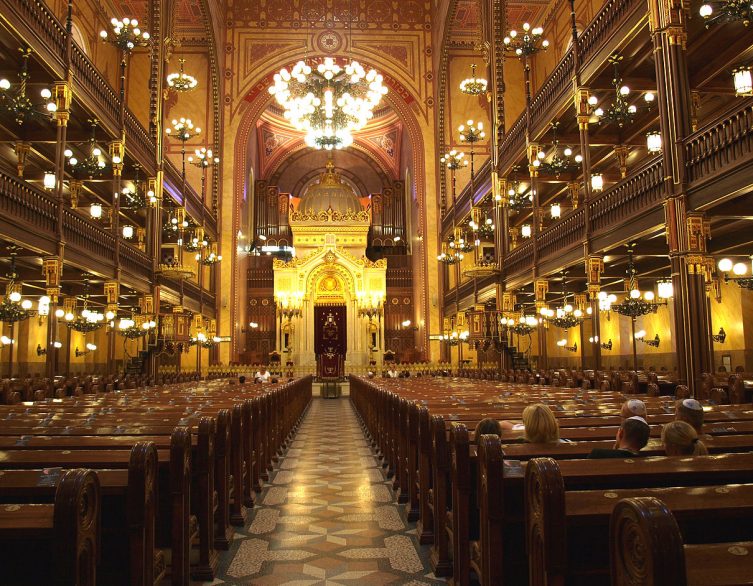Why Budapest’s Movie Magic Is Getting New Rules
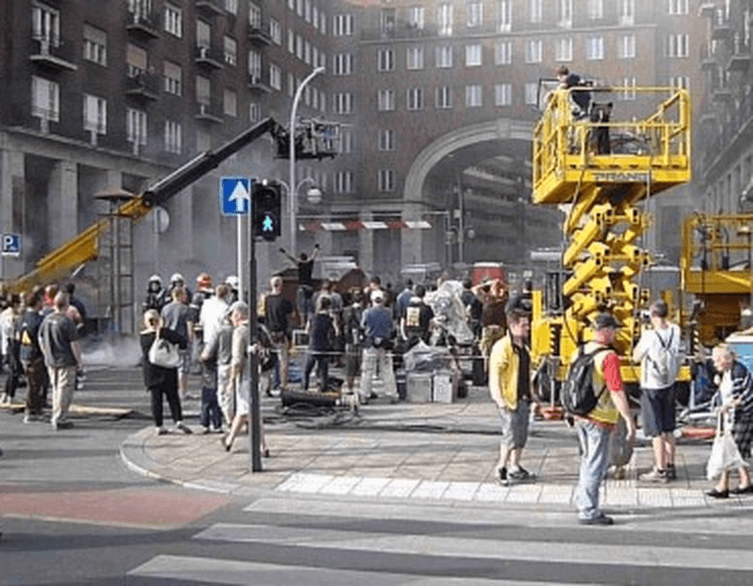
If you’re wandering through the charming streets of Budapest’s District VII and stumble upon elaborate camera setups, vintage cars, and crew members bustling about, you’re witnessing something the Hungarian capital has become famous for: film production. But behind the glamorous facade of moviemaking, a significant shift is taking place that affects both locals and visitors to this historic neighborhood.
The picturesque district of Erzsébetváros, also known as the Jewish Quarter, has become so popular with international filmmakers that residents have reached a breaking point. The constant disruptions from film shoots have prompted local authorities to introduce comprehensive new regulations that will fundamentally change how productions operate in this beloved area.
The Hollywood of Central Europe
Budapest’s rise as a premier filming destination didn’t happen by accident. The city has cultivated an impressive reputation in the international film industry, thanks largely to Hungary’s generous 30% tax rebate system for foreign productions, which was extended through 2030. This financial incentive, combined with the city’s diverse architecture, skilled film professionals, and state-of-the-art studios like Korda Studios in Etyek, has attracted some of Hollywood’s biggest names and productions.
Major blockbusters including “The Martian” featuring Matt Damon, “Inferno” with Tom Hanks, and countless other international productions have used Budapest’s streets as their canvas. The capital’s ability to convincingly portray other cities—from Berlin to Paris—has made it particularly valuable for filmmakers seeking versatility without the logistical headaches of shooting in multiple countries.
When the Cameras Become Too Much
Erzsébetváros holds a special place in Budapest’s cultural landscape. This historic district, home to Europe’s largest synagogue at Dohány Street and a thriving cultural scene that blends Jewish heritage with contemporary ruin bars and street art, attracts both film crews and tourists year-round. However, the very characteristics that make it cinematically appealing have created mounting frustrations for those who actually live there.
The disruptions go far beyond the occasional inconvenience. Residents face chronic parking shortages, restricted access to their own streets, and the constant noise and activity that comes with professional film production. When an already challenging parking situation—where the district issues 10,800 free parking permits for only 7,203 available spaces—gets compounded by film crews occupying entire street sections, everyday life becomes genuinely difficult.
The New Rules Changing the Game
Budapest’s District VII mayor, Péter Niedermüller, announced sweeping changes that the city council unanimously approved to address these concerns. Starting with these new regulations, film productions will face significantly tighter restrictions designed to balance the economic benefits of filmmaking with residents’ quality of life.
The most significant change limits any single street section, square, or park to a maximum of 15 filming days per calendar year. This prevents the same picturesque courtyard or historic street from being monopolized by back-to-back productions throughout the year.
Production companies must now provide parking compensation to affected residents. If filming blocks access or occupies parking spaces, companies must either arrange alternative parking within 300 meters of residents’ homes or reimburse them for documented parking costs during the shoot. This addresses one of the most persistent complaints from locals who found themselves unable to park near their own apartments during extended filming periods.
Best deals of Budapest
Communication requirements have also been formalized. Production companies must notify residents, building representatives, and local business owners in writing at least seven days before filming begins. This notification must include the shooting schedule, the size of the area being used, and contact information for someone who can address concerns or emergencies.
Perhaps most interestingly, the district will now share the financial benefits of filming more directly with affected residents. Thirty percent of the public space usage fees paid by production companies will be transferred to the residential buildings directly impacted by filming, provided the building’s homeowners association formally requests it.
What This Means for Visitors
As a tourist exploring Budapest, these changes actually work in your favor. The new regulations should reduce the likelihood that your visit to the Jewish Quarter’s famous sights will be disrupted by cordoned-off streets and restricted access. The measures aim to preserve the neighborhood’s accessibility while still allowing the film industry to operate.
The Jewish Quarter remains one of Budapest’s most compelling destinations, offering everything from the architectural splendor of the Great Synagogue, which can accommodate over 8,500 visitors, to the trendy ruin bars and kosher restaurants like Mazel Tov that have revitalized historic courtyards. The area around Kazinczy, Dohány, and Rumbach streets pulses with energy, combining street art, indie shops, and memorial sites that tell the powerful story of Budapest’s Jewish community.
Recent traffic pattern changes implemented in June 2025 have made several street sections in Inner Erzsébetváros more pedestrian and cyclist-friendly, with new residential parking spaces designated on key streets like Wesselényi and Rumbach Sebestyén. These improvements complement the film regulation changes, creating a more livable and visitable neighborhood overall.
Finding Balance in a City of Two Faces
The tension between Budapest’s identity as a filming location and its role as home to thousands of residents reflects a broader challenge facing popular tourist destinations worldwide. Hungary allocates the highest percentage of its GDP to the film industry in Europe, recognizing the significant economic benefits these productions bring through job creation, international visibility, and tourism development.
The film industry’s presence has undeniably boosted Budapest’s profile. International productions employ local crews, fill hotels with long-stay business travelers, and showcase the city’s beauty to global audiences. Yet this success created an unsustainable situation where the needs of temporary productions overshadowed the daily realities of permanent residents.
The new regulations represent a thoughtful attempt to maintain Budapest’s competitive position in the global film market while ensuring that neighborhoods like Erzsébetváros remain livable communities rather than just scenic backdrops. Production companies can still access these remarkable locations, but with greater accountability and consideration for those who call these streets home.
For visitors planning trips to Budapest, the Jewish Quarter continues to offer an unmatched blend of history, culture, and contemporary energy. Whether you’re admiring the neo-classical grandeur of St. Stephen’s Basilica, which appeared in “Inferno” and “Evita,” exploring the memorial gardens at the Dohány Street Synagogue, or enjoying craft beer in a ruin pub courtyard, you’re experiencing a neighborhood that has successfully balanced its past and present.
The city’s film production regulations ensure that future visitors will find these experiences more accessible and less disrupted, while residents reclaim some control over their neighborhood. It’s a pragmatic solution that acknowledges Budapest’s dual role as both a living city and a cinematic treasure, proving that even in Hollywood’s favorite European backyard, local voices still matter.
Related news
Related attractions



